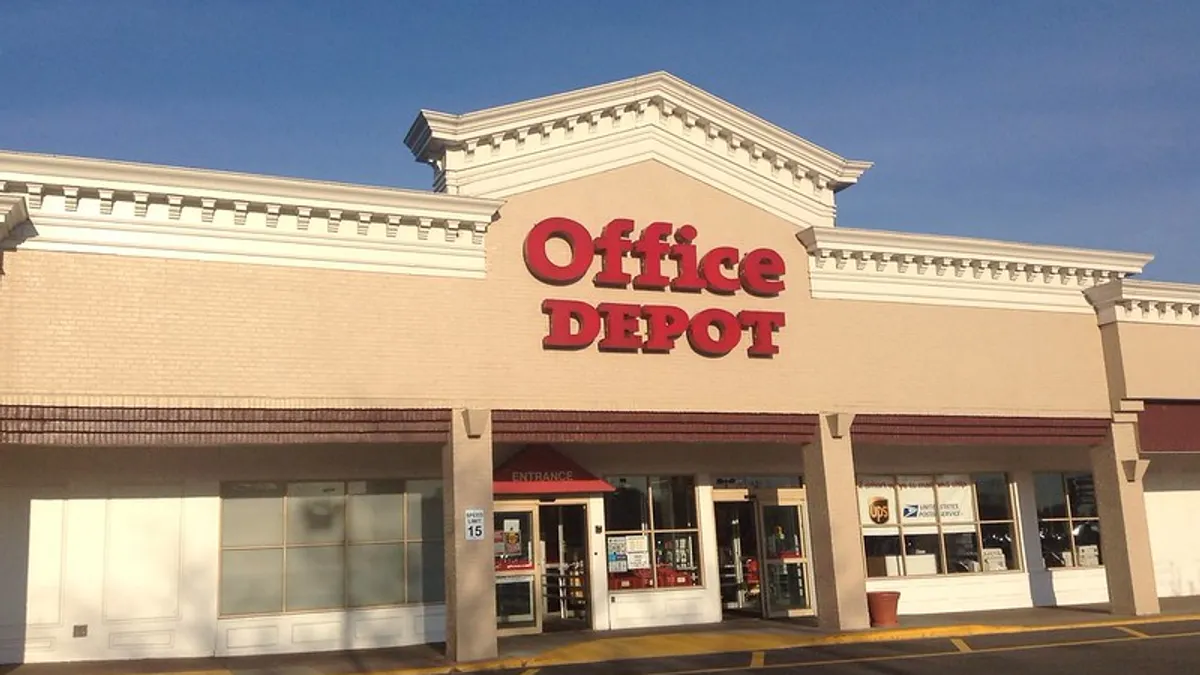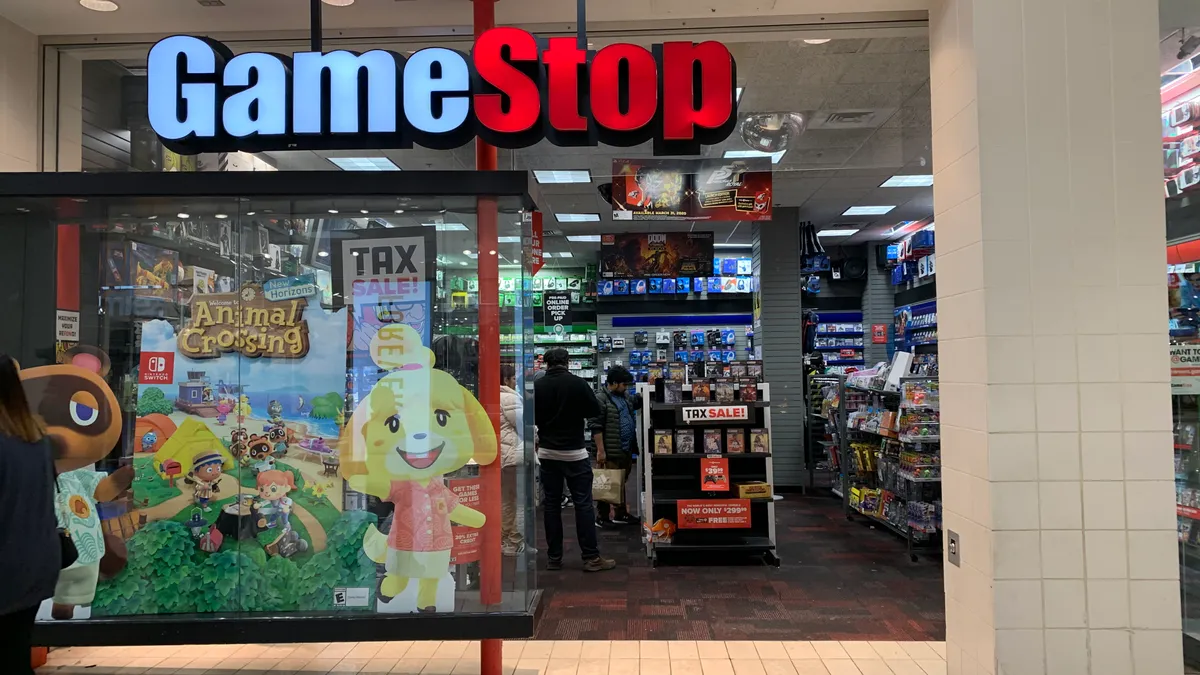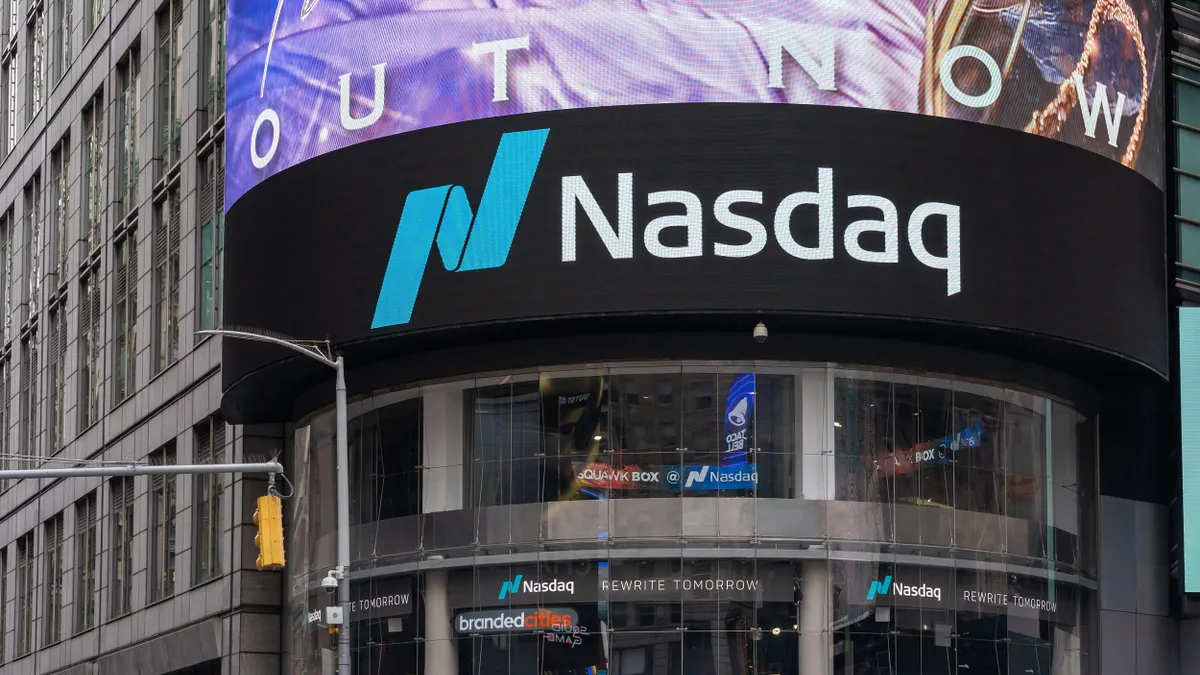Stock markets worldwide fell the first trading day of 2016 last week, in large part over worries about China’s economy. In the opening minutes of trading in New York last Monday, the S&P 500-stock index fell 1.8% and the Dow Jones industrial average fell more than 2%.
Trading was halted Monday in China after the benchmark Shanghai Composite fell 6.9% and the Shenzhen Composite lost more than 8% — the country’s first use of a “circuit breaker,” which halts trading to avoid further losses. In another shocker, that mechanism was thrown again a few days after on Thursday. By Friday, the circuit breaker approach was scrapped entirely, which sent stocks higher but left many questions unanswered.
If that all sounds messy, it is. On top of it all, the turmoil came after last summer’s drama, when the Chinese government moved assertively and surprisingly three times in one week to devalue the renminbi, (also known as the yuan), in an effort to stimulate the economy.
The faults are revealing uncertainty about China’s longer term prospects, the ability of its government to control them, and what it all means for the global economy and the U.S. economy.
Meanwhile, for a while now China has been the stage for major expansions by several retailers, thanks to its burgeoning middle class. So what does the current state of China’s economy mean for them?
Growth is still the story
While economists debate how quickly, agilely, or even healthily China transitions from a manufacturing-based economy to a consumption-driven one, savvy retailers aren’t likely taken off guard by the major events like those last week or in August, says Keith Anderson, VP of strategy & insight at Profitero. That’s in part because, like many economists and businesspeople, retailers familiar with the reality there don’t buy the Chinese government’s official growth estimates or other statistics, he says.
And certainly, growth has tempered. The fast-moving consumer goods (FMCG) retail market, for example, grew 5.4% in 2014 compared with 11.8% in 2011, for example, according to Bain’s China Shopper Report released last October. And luxury retailers were reporting slower spending by Chinese consumers last year, well before last week's freak show.
But, says Anderson, “there definitely is a rising middle class, so there’s a definite growth story there.”
Understanding Chinese consumers
The challenges many retailers have in China have less to do with the economic stumbles or even the drastic stock market changes and more to do with how people there shop.
That includes the deceleration in sales growth of FMCG, when many retailers grew cautious, easing back expansion in China and even closing stores, according to Bain. Retailers that took a measured, regional approach to their expansion of physical stores were often more successful, Bain says. Meanwhile, e-commerce has continued to surge, even as brick-and-mortar sales ebbed.
“Online sales rose 34% in 2014 as e-commerce retailers expanded penetration and as online shoppers dramatically increased their purchasing frequency,” the report reads. “Online pure-play retailers such as Taobao and Tmall continued to dominate in 2014, while omnichannel players were just emerging.
“Chinese shoppers have become such huge fans of online purchasing that it would be hard to find a market where shoppers have more fervently ignited the e-commerce revolution,” Bain continues later in its report.
Indeed, says Anderson, unlike in the U.S., brick-and-mortar retail (beyond traditional shops) and e-commerce in China emerged more or less simultaneously. Some lessons that have taken a toll on retailers here were learned more quickly and in many cases could be corrected more easily, or never became a problem at all. It's hard to find a retail company in China, for example, grappling with the kind of over-investments, that, say, Wal-Mart, Sears, or Macy’s are here, forced to assess the value of their huge networks of physical stores, networks that were built over 50 or 100 years.
“It’s a much more digitally driven commerce model,” Anderson says. “It’s already part of the retail landscape for one. For another, mobile is also a disproportionate share of e-commerce there. Mobile is the primary point of access for a growing percentage of online shoppers in China and and so there’s lot of thoughtful investment by some of the retailers.”
While mobile commerce here is emerging as a research and shopping channel but stumbling as a transaction or payment channel, mobile transactions of all of the above in China are a big deal, he says.
Partnerships are key
There’s another aspect to doing business in China, and that includes having partnerships there to smooth entry and operations.
”Every category, not only retail — is dominated by a local player in China,” Anderson says. “So the Facebook of China isn’t Facebook, the Amazon of China isn’t Amazon, the Twitter of China isn’t Twitter. It’s important to get to know a trusted local partner. There are some localization challenges for a company, and the playbook form the U.S. or the U.K. doesn’t work in China.”
Partnering with Alibaba’s Taobao or JD.com can be key, although many retailers and consumer-product companies have had to become more savvy about battling counterfeiters and heavy discounts.
“Global brands will not maximize their digital-commerce potential in China solely with practices and formulas that have worked for them at home,” writes McKinsey & Co.’s Cindy Chiu, Gordon Orr, and Todd Guild in their paper “Five keys to connecting with China’s wired consumers.”
“In fact, success may require unlearning what you know to understand how to operate across China’s multiplatform e-commerce environment. Finally, the country’s landscape is still evolving quickly. [B]eing alert to new channels and new business models and being ready to adapt early is also essential to future success.”






















